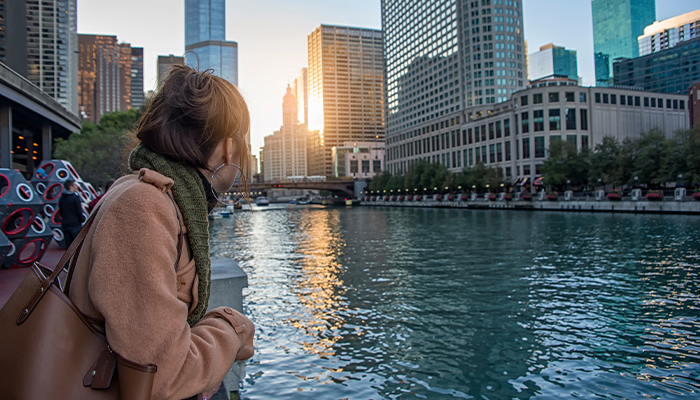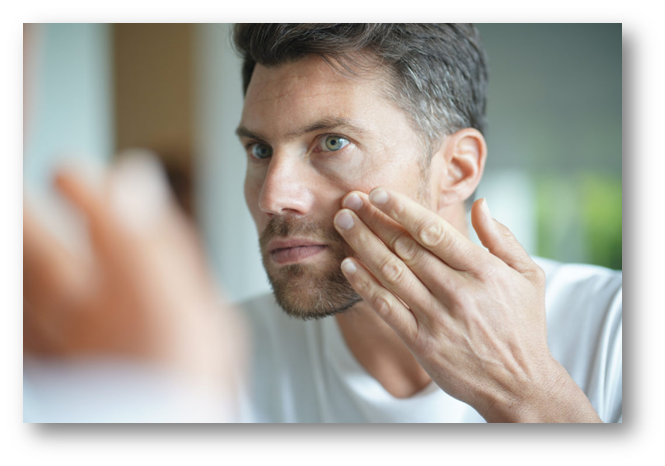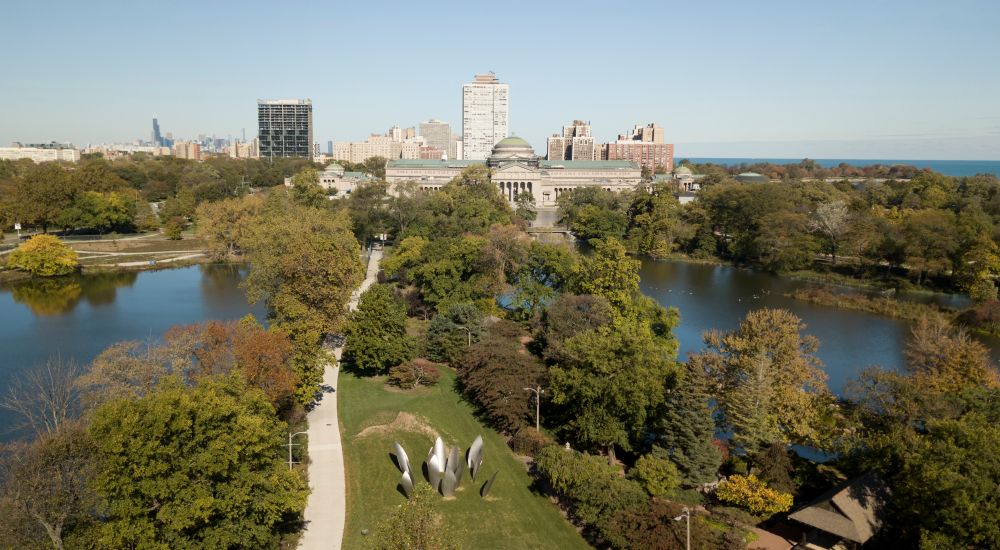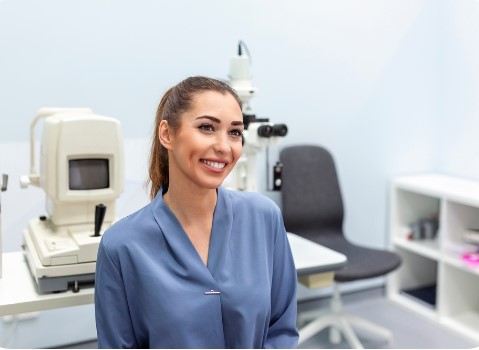If you are looking for a sign that you may need new glasses, pay attention to these symptoms. If you start to experience eye strain, headaches, or watery eyes, it may be time to visit an optometrist. Besides eye strain, these symptoms could also signal that you may have other vision problems. To get the right prescription for your eyesight, you should visit your doctor as soon as possible.
If you’ve recently been diagnosed with myopia, you may not even realize that you need glasses. However, if you’ve noticed that you’re having trouble seeing things in the middle or far distances, you may need to go to an optometrist for an assessment. If you think you don’t need new glasses, your vision will continue to worsen without a proper diagnosis. If you’re experiencing any of these signs, schedule an appointment today.
Another sign that you might need new glasses is eye fatigue. This can be caused by several factors, including seasonal allergies. However, the fatigue should not last for more than a day. If it persists for longer than this, it might be time to visit an eye doctor. This simple step can improve your eye health and ensure that you see better and sleep better. Your doctor will also be able to check your prescription.
A regular eye exam will also help you determine if you’re due for a new prescription. Frequent headaches and soreness around the eye can be another sign that you need new glasses. If your glasses don’t fit right, your eye doctor can adjust them for you. Additionally, a new pair of glasses can help you transition into the new world, so visit your eye doctor today! You’ll be glad you did!
The next sign you may need to visit your eye doctor is blurry vision. If you’re constantly seeing things that are far away, you’re probably suffering from astigmatism, short-sightedness, or both. These conditions can cause you to drive with hazy vision, which may lead to accidents. In either case, glasses may be the answer. You might not even realize you need new glasses.
If you’ve been wearing glasses for a long time, it’s a good idea to get a new prescription as soon as possible. This will allow you to detect any changes in your eyesight and decide on the best treatment option. You should also visit your eye doctor every year for an eye exam to ensure your prescription remains accurate. If you’re constantly having vision problems, you may need a new prescription.
Another sign that you may need new glasses is if you experience frequent headaches. A headache could be a result of eye strain. If your prescription is outdated, you may be experiencing headaches as a result of the incorrect prescription. If you’re experiencing frequent headaches, you might need to visit an eye doctor to get a new prescription. Further, you may be suffering from computer vision syndrome (CVS), which affects people who spend a lot of time using computers.
A double vision problem can also indicate that your eyes are misaligned. If this is the case, you should consult an eye doctor to determine whether you need new glasses. You may also experience headaches after a sudden change in your vision. Your doctor can correct this problem by prescribing glasses that will bring everything into focus. This will help eliminate headaches. There are also many other symptoms that indicate that you need new glasses.
Floaters and sudden flashes are other signs that you may need new glasses. While these symptoms don’t necessarily affect your vision, they can affect your ability to see clearly. If you experience either of these symptoms, it is best to visit an optician to get a prescription. There are many types of glasses available and your doctor can help you choose the right pair for your vision needs. If you’re experiencing any of the symptoms listed above, visit an optician to get your eyes checked today.








